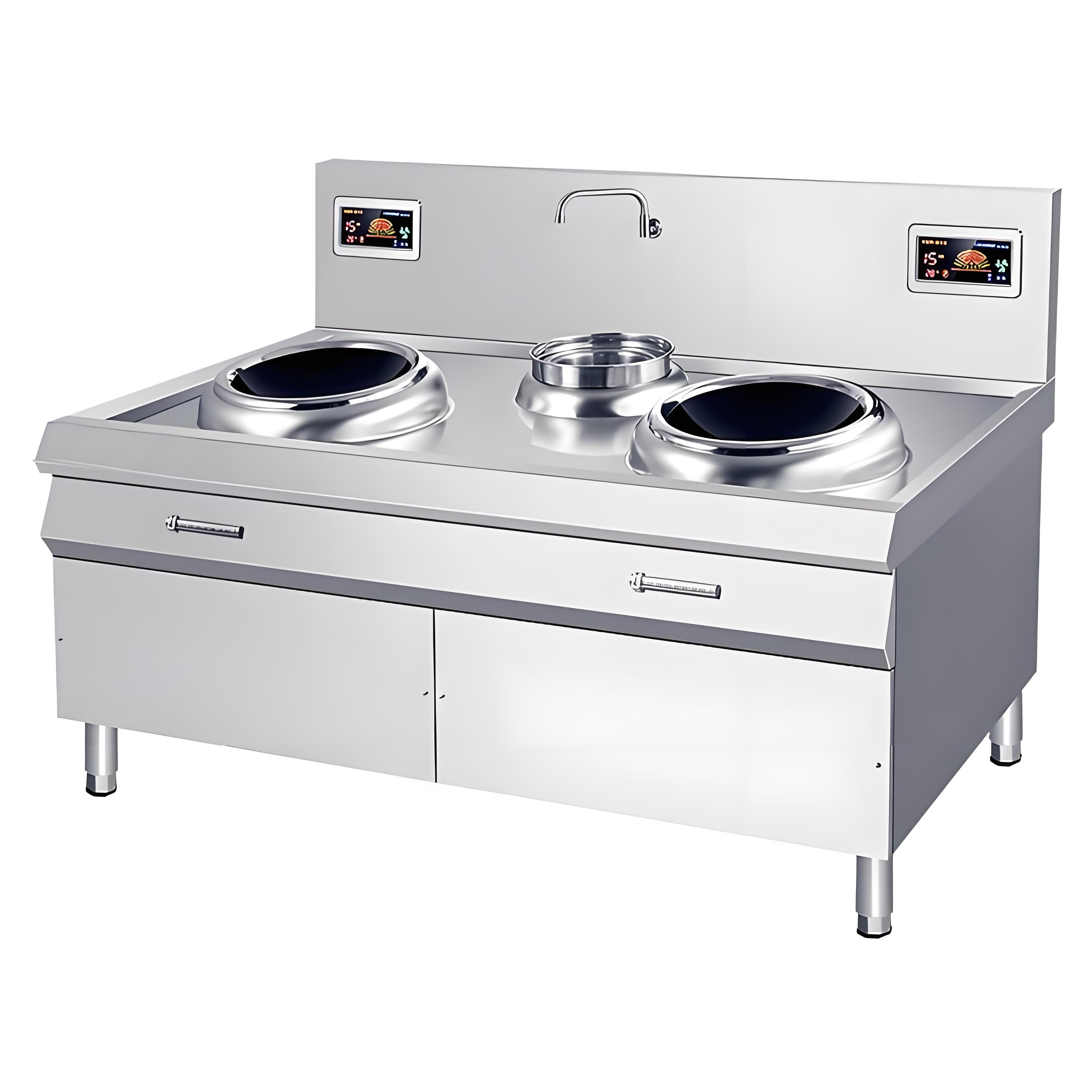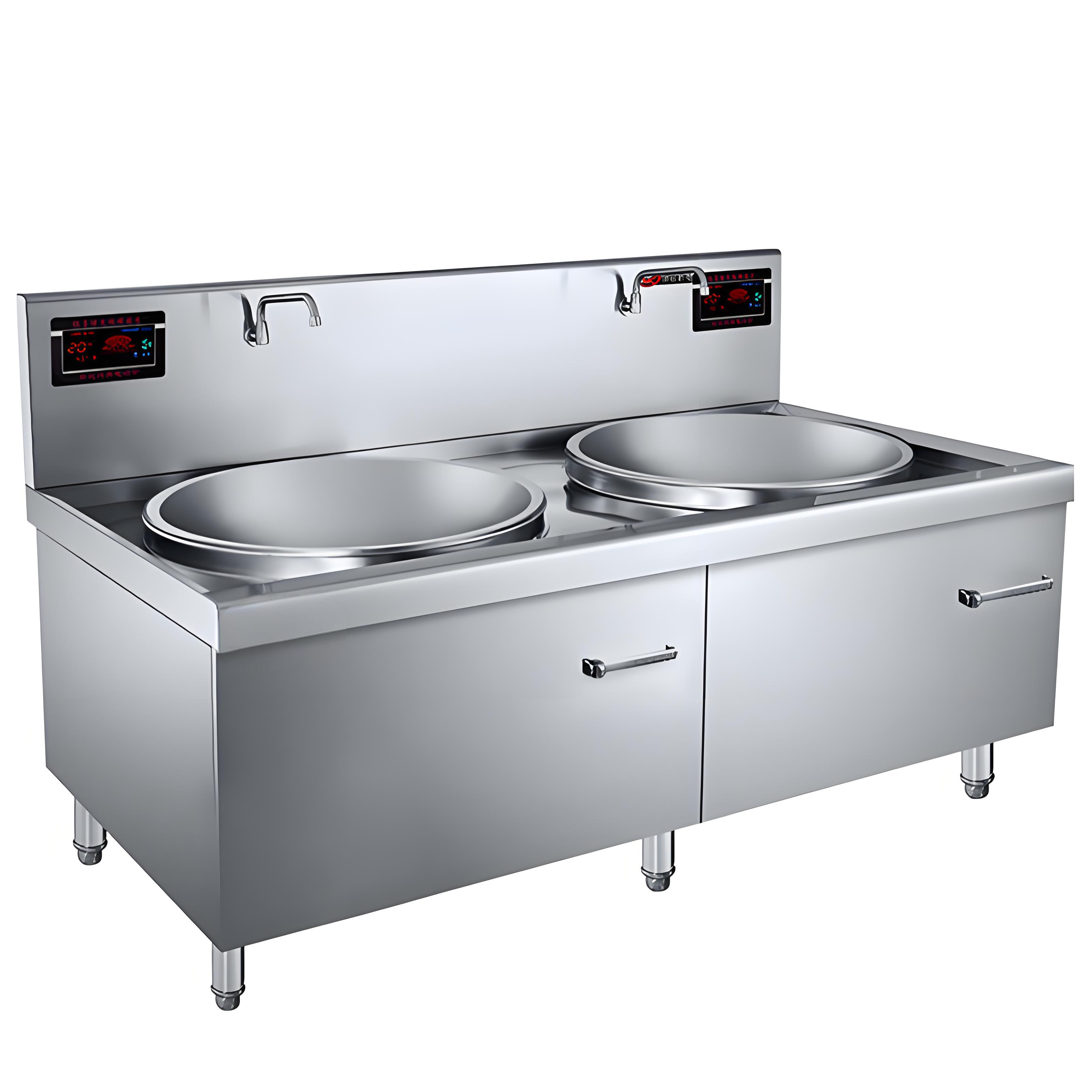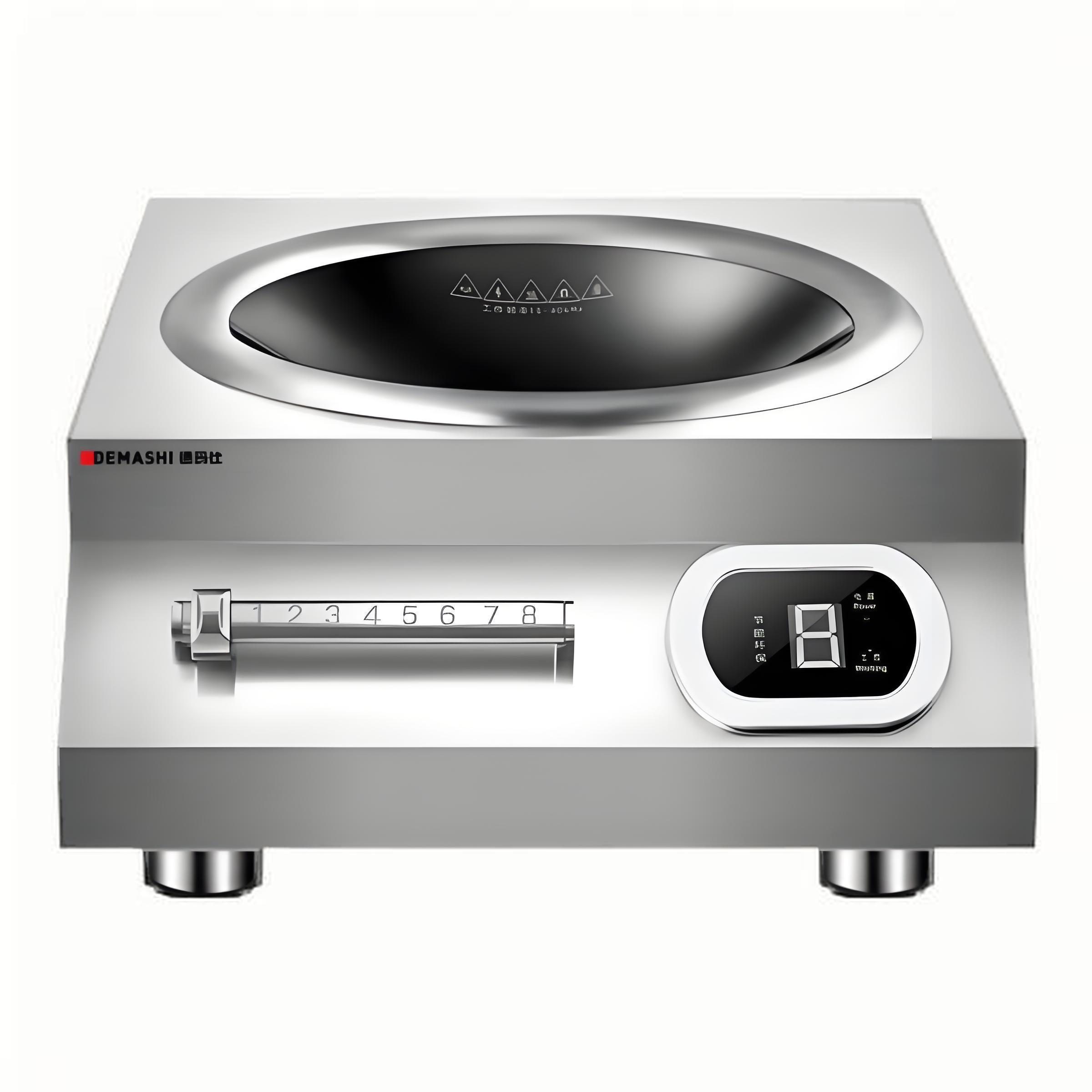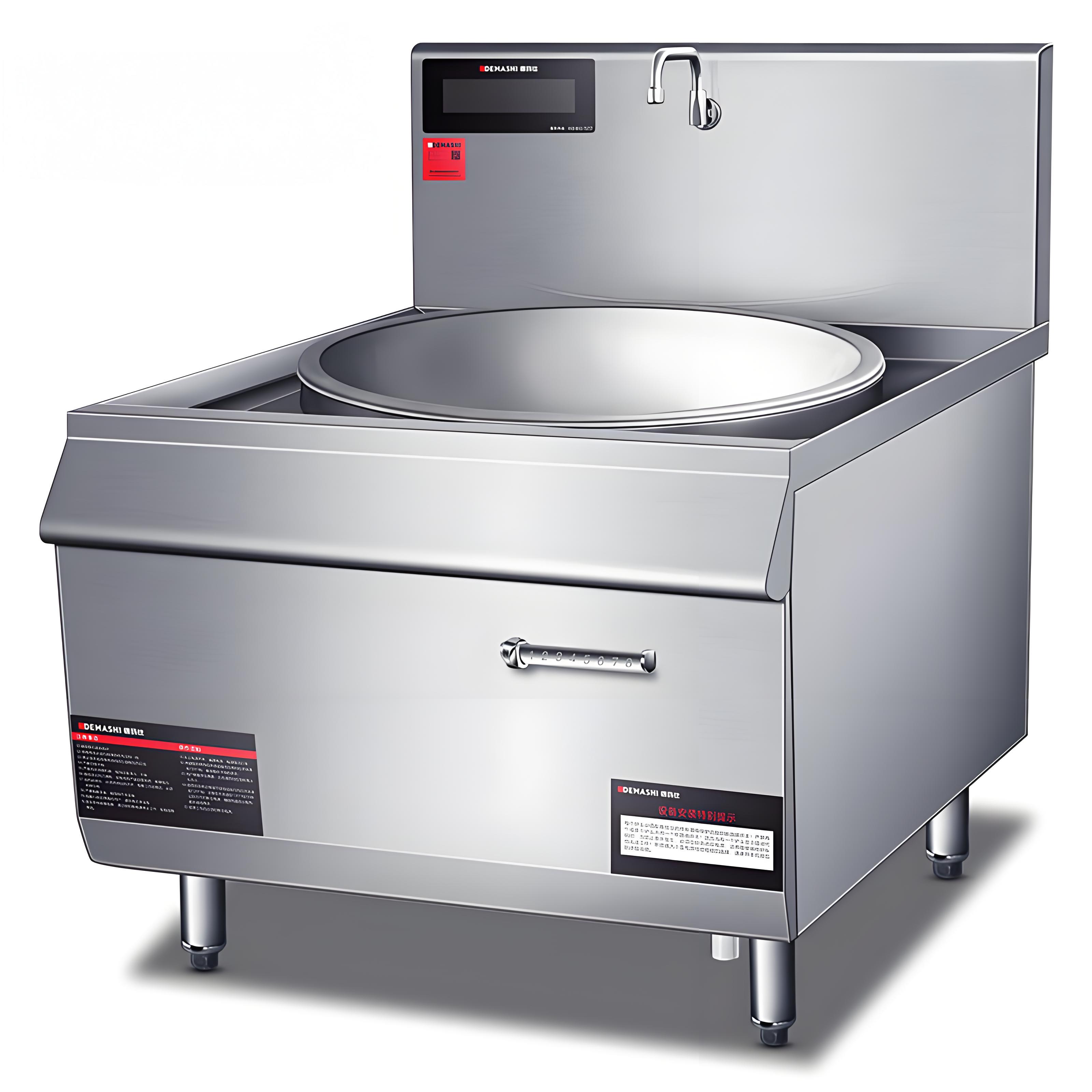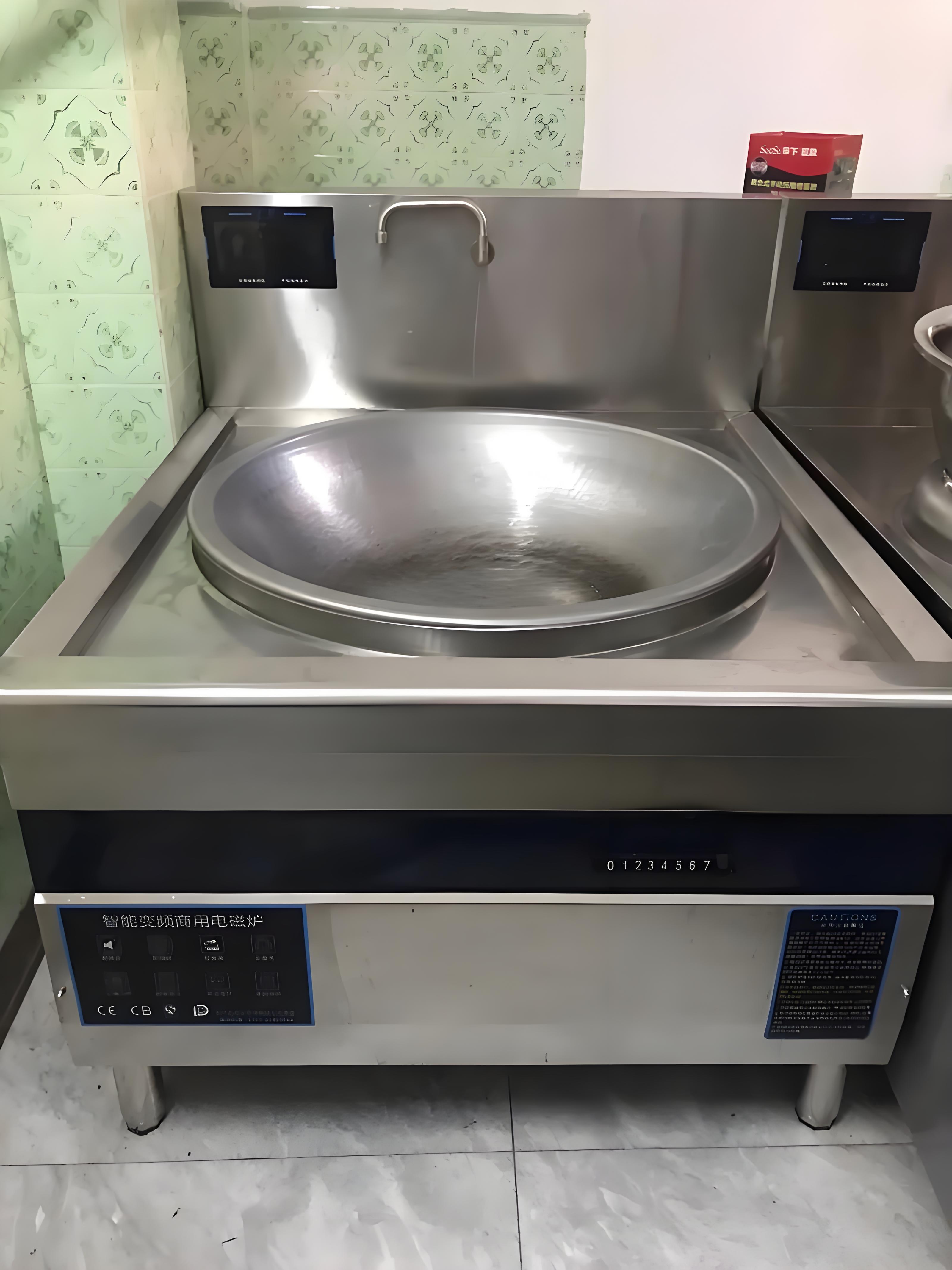As someone who’s spent years exploring kitchen technology and helping people outfit their homes and businesses with the right appliances, I’ve seen how induction cooktops have become a go-to for fast, efficient cooking. When clients ask me, “How much does a high-power induction cooktop cost?”, I know they’re looking for a balance of performance and value. High-power induction cooktops, with their ability to boil water in seconds and handle demanding recipes, aren’t cheap, but their price varies widely based on features and intended use. In this article, I’ll share my insights on what drives the cost, break down typical price ranges, and offer practical advice to help you find the right model for your needs.

What Makes a High-Power Induction Cooktop Special?
Before we dive into costs, let’s clarify what sets a high-power induction cooktop apart. These units use electromagnetic fields to heat cookware directly, offering faster cooking, precise control, and energy efficiency compared to gas or electric stoves. A high-power model typically delivers 3,000 watts or more per burner, enabling rapid heating for tasks like searing steaks or boiling large pots of water. They’re popular in both home kitchens for serious cooks and commercial settings like restaurants.
When I first tested a high-power induction cooktop, I was blown away by how quickly it brought a pot to a rolling boil—faster than any gas stove I’d used. But with prices ranging from $1,000 to over $10,000, understanding what you’re paying for is crucial. Let’s explore the factors that shape the cost.
Factors Influencing the Cost of High-Power Induction Cooktops
The price of a high-power induction cooktop depends on several elements, from power output to build quality and advanced features. Here’s what I’ve learned from working with these appliances and advising clients:
1. Power Output
High-power cooktops are defined by their wattage, often 3,000-3,700W per burner for home models and up to 5,000W or more for commercial units. Higher wattage means faster cooking but also increases cost due to more robust internal components.
Home Models: Typically 3,000-3,700W, ideal for rapid boiling or searing.
Commercial Models: Often 5,000-12,000W, built for high-volume cooking.
I once saw a commercial high-power cooktop boil a gallon of water in under a minute, justifying its higher price for a busy restaurant.
2. Number of Burners
The number of cooking zones affects cost. Single-burner portable units are the cheapest, while 4-6 burner models for home or commercial use are pricier.
Single Burner: Portable units for small spaces or supplemental cooking.
Multi-Burner: Full-size units for large kitchens or restaurants.
A client running a food truck saved money with a single-burner high-power unit, while a family of six needed a 4-burner model for their home.
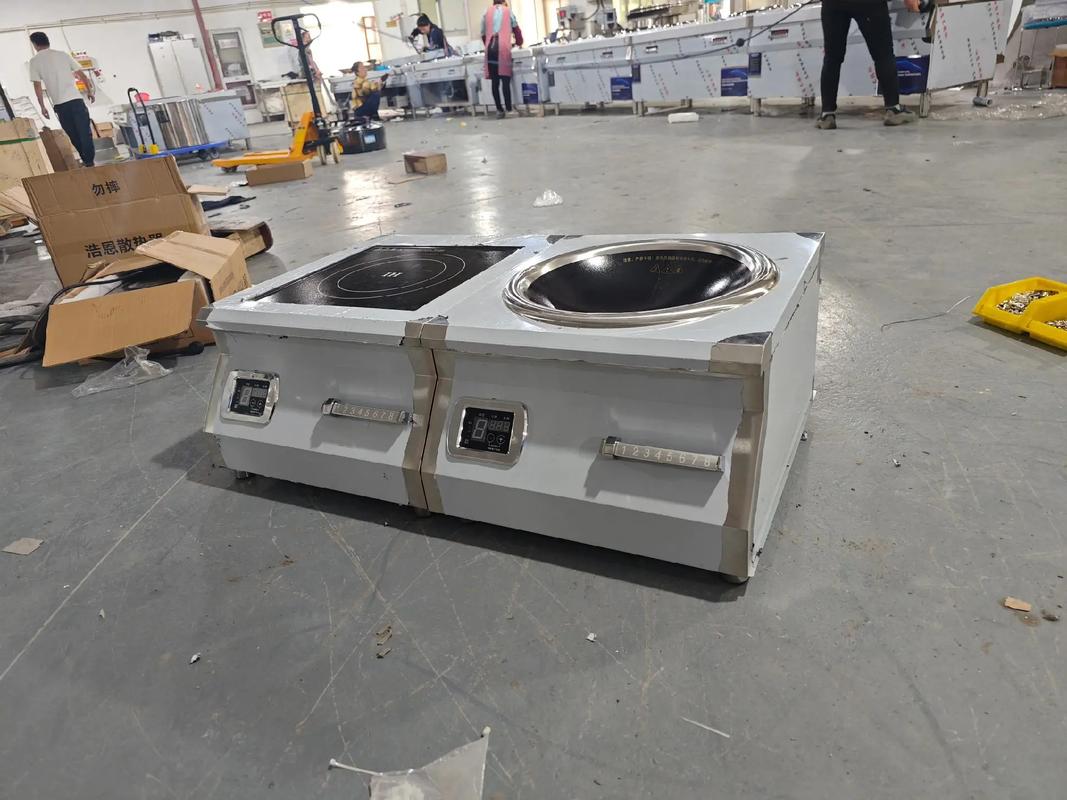
3. Build Quality and Materials
Premium materials like Schott Ceran glass, stainless steel frames, and reinforced internals drive up costs but ensure durability. Budget-friendly high-power models may use standard ceramic glass, which is less resistant to scratches or heavy use.
Premium Models: Built to last 10-15 years in demanding environments.
Budget Models: Functional but may show wear after 5-8 years.
In a restaurant kitchen I consulted for, a premium model’s glass surface stayed pristine after years of heavy use, unlike a cheaper unit that scratched within months.
4. Features and Controls
High-power cooktops often come with advanced features like touchscreen controls, flexible cooking zones, Wi-Fi connectivity, and precise temperature settings. Basic models stick to simple touch or knob controls with fewer options.
Advanced Features: Include pan detection, timers per zone, and app integration.
Basic Features: Preset power levels (e.g., 1-10) for straightforward cooking.
I once used a high-power cooktop’s app to preheat a burner while chopping vegetables, a time-saver that budget models don’t offer.
5. Size and Design
Larger cooktops (e.g., 36-48 inches wide) cost more than compact ones (e.g., 24 inches). Premium designs with flush-mount installation or minimalist aesthetics also add to the price.
Compact Models: Ideal for small kitchens or portable use.
Full-Size Models: Suited for large homes or commercial spaces.
A client’s sleek, flush-mount high-power cooktop became a centerpiece in their modern kitchen, but it cost more than a standard design.
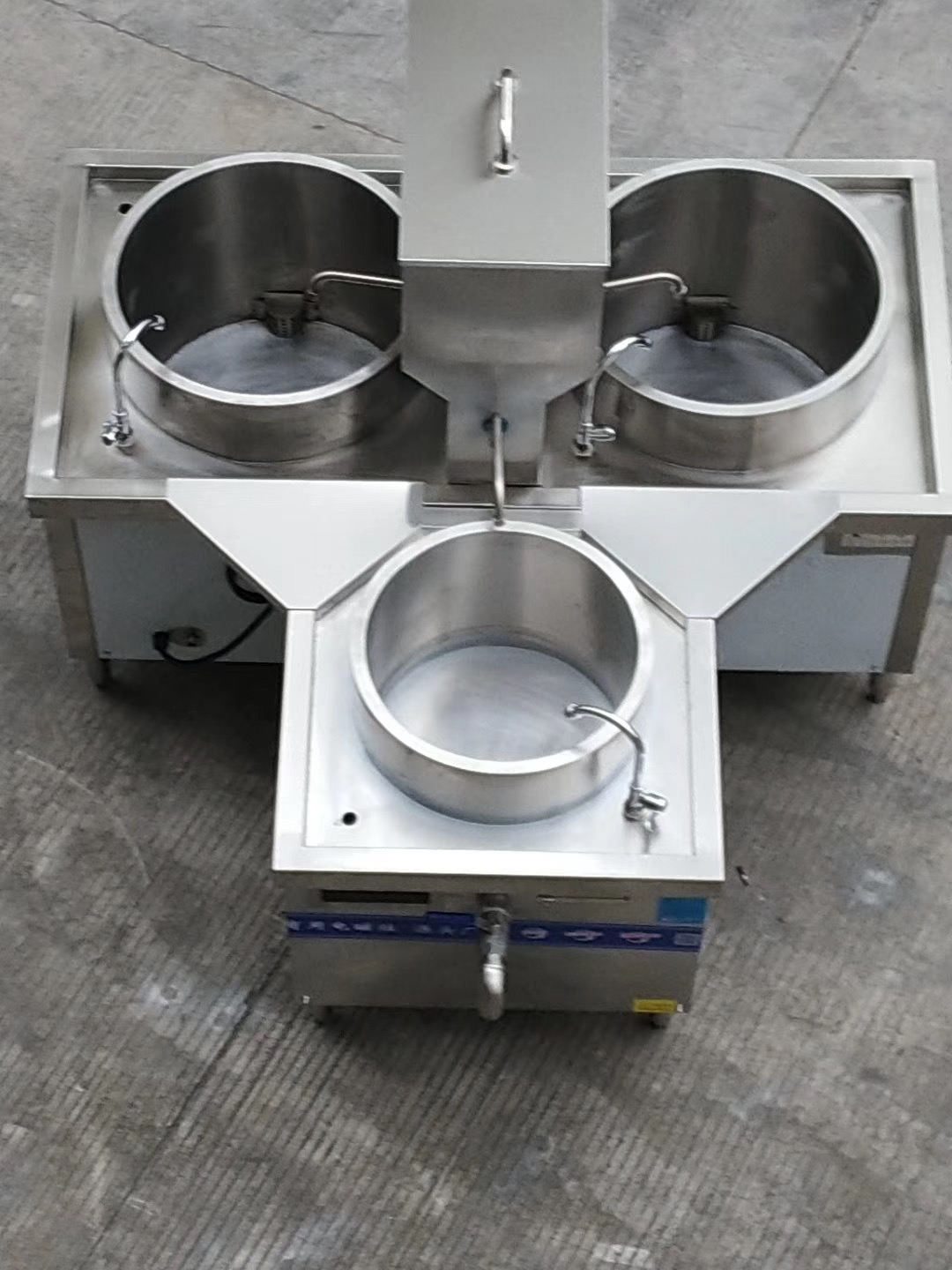
6. Commercial vs. Residential Use
Commercial-grade high-power cooktops are pricier due to higher wattage, durability, and compliance with safety regulations. Residential models are more affordable but less robust.
Commercial: Built for continuous, heavy use.
Residential: Designed for home cooking with occasional high-demand tasks.
I helped a small cafe choose a residential high-power model to save costs, but a high-volume restaurant needed a commercial unit for reliability.
Here’s a table summarizing these factors:
| Factor | Budget High-Power | Premium High-Power | Impact on Cost |
|---|---|---|---|
| Power Output | 3,000-3,500W | 3,500-12,000W | Higher wattage raises price |
| Number of Burners | 1-2 burners | 4-6 burners | More burners increase cost |
| Build Quality | Standard glass, basic frames | Premium glass, durable frames | Better materials add to price |
| Features/Controls | Basic touch controls | Touchscreen, smart features | Advanced tech boosts cost |
| Price Range | $1,000-$3,000 | $3,000-$10,000+ | Reflects performance/durability |
Typical Price Ranges in 2025
Based on my research and experience with 2025 market trends, here’s what you can expect to pay for a high-power induction cooktop:
Single-Burner Portable (Residential): $100-$500. Compact, high-power units for small kitchens or supplemental cooking. Often 3,000-3,500W.
Residential Multi-Burner (2-4 Burners): $1,000-$3,000. Suitable for home cooks who need speed and versatility. Typically 3,000-3,700W per burner.
Premium Residential (4-6 Burners): $3,000-$6,000. Advanced features, flexible zones, and premium materials for serious home chefs.
Commercial (4-8 Burners): $4,000-$10,000+. High wattage (5,000W+), durable construction, and smart features for restaurants or catering.
I recently helped a home cook find a $2,500 residential model with four high-power burners, perfect for their large family. A restaurant client, however, invested $8,000 in a commercial unit to handle their high-volume needs.
Additional Costs to Consider
Beyond the cooktop’s price, other expenses can add up:
Installation: Residential models may be plug-in, but commercial or premium units often require hardwired installation, costing $200-$500.
Cookware: Induction requires magnetic cookware (e.g., cast iron, stainless steel). A new set costs $100-$500 if your current cookware isn’t compatible.
Electrical Upgrades: High-power models may need a dedicated circuit or panel upgrade, costing $500-$2,000 depending on your kitchen’s wiring.
Maintenance: Minimal, but cleaning supplies or occasional repairs (e.g., glass replacement, $100-$300) should be factored in.
I once saved a client from a surprise expense by checking their kitchen’s electrical setup before recommending a high-power commercial model, avoiding a costly panel upgrade.

Choosing the Right High-Power Cooktop
The best cooktop depends on your needs and budget. Here’s how I advise clients:
Home Cooks (Occasional High-Power Needs): A single-burner ($100-$500) or mid-range multi-burner ($1,000-$3,000) model is sufficient for boiling, searing, or stir-frying.
Serious Home Chefs: A premium residential model ($3,000-$6,000) with flexible zones and smart features enhances versatility and durability.
Small Commercial Kitchens (Cafes, Food Trucks): A mid-range commercial ($2,500-$5,000) or high-end residential model balances cost and performance.
Large Restaurants or Catering: A high-end commercial model ($5,000-$10,000+) ensures speed and reliability for high-volume cooking.
I helped a small bakery stick with a $1,500 residential model for occasional high-power tasks, while a catering business invested in a $7,000 commercial unit for large events.
Practical Tips for Buying a High-Power Induction Cooktop
From my years of sourcing appliances, here are my top tips to get the best value:
Define Your Needs: Consider your cooking volume and menu. High-volume kitchens need more burners and wattage, while home cooks may prioritize features like timers.
Check Cookware Compatibility: Ensure your pots and pans are magnetic. Test with a magnet—if it sticks, they’re induction-ready.
Verify Electrical Setup: Confirm your kitchen supports the cooktop’s power requirements (e.g., 240V, 50A circuit) to avoid costly upgrades.
Explore Refurbished Options: Certified refurbished high-end models can save 20-40%, but check warranties and condition.
Read Reviews and Test: Look for user feedback on durability and performance. If possible, test controls in a showroom, especially for premium models.
I once guided a client to a refurbished $4,000 commercial cooktop, saving them $2,000 without sacrificing quality.
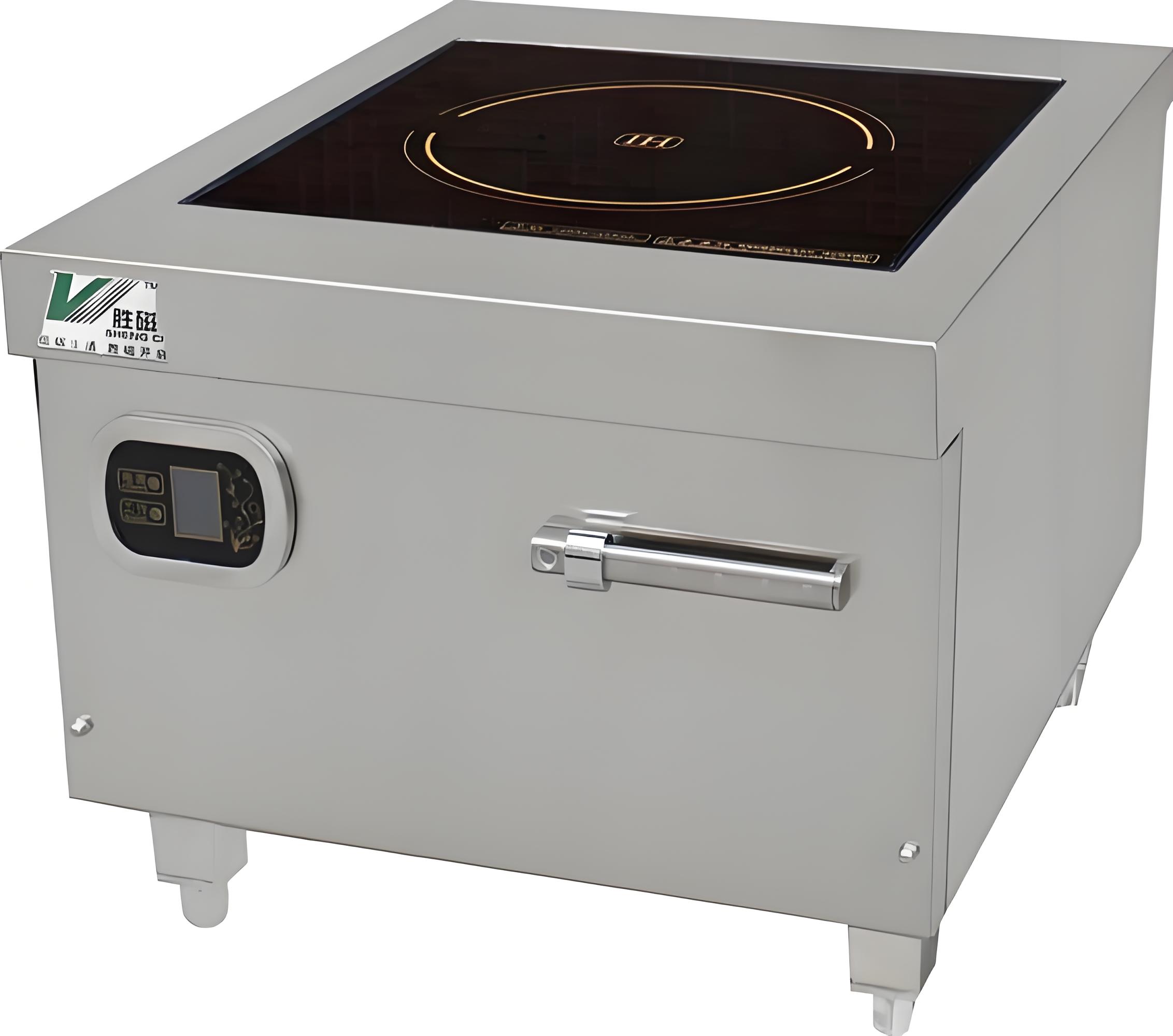
Maintenance and Longevity
High-power induction cooktops are low-maintenance but benefit from care:
Cleaning: Wipe with a damp cloth and mild detergent after cooling. Premium models with Schott Ceran glass resist scratches better than standard glass.
Ventilation: Ensure proper airflow to prevent overheating, especially for commercial units.
Regular Checks: Inspect for cracks or loose components, particularly on budget models.
Premium models can last 10-15 years with proper care, while budget high-power units typically manage 5-8 years. I’ve seen a high-end commercial cooktop in a restaurant perform flawlessly for over a decade, while a budget residential model needed glass repair after three years.
Cost-Benefit Analysis
Here’s a quick breakdown:
Budget High-Power ($100-$3,000): Affordable, ideal for home use or small businesses. Shorter lifespan and fewer features but great for basic high-power tasks.
Premium High-Power ($3,000-$10,000+): Higher upfront cost but longer lifespan, better efficiency, and advanced features save time and energy in busy kitchens.
For a serious home cook, a $3,000 premium model offers longevity and versatility. For a high-volume restaurant, a $7,000 commercial unit can pay off in faster service and durability.
Real-World Examples from My Experience
Home Kitchen Upgrade: A client chose a $2,800 residential 4-burner model with 3,500W per burner, perfect for their weekly dinner parties.
Food Truck Solution: A $400 single-burner portable unit met a food truck’s need for occasional high-power cooking without breaking the budget.
Restaurant Overhaul: A $9,000 commercial cooktop with 6 burners and flexible zones streamlined a restaurant’s service, handling high-volume orders with ease.
These examples show how the right cooktop matches the user’s needs and budget.
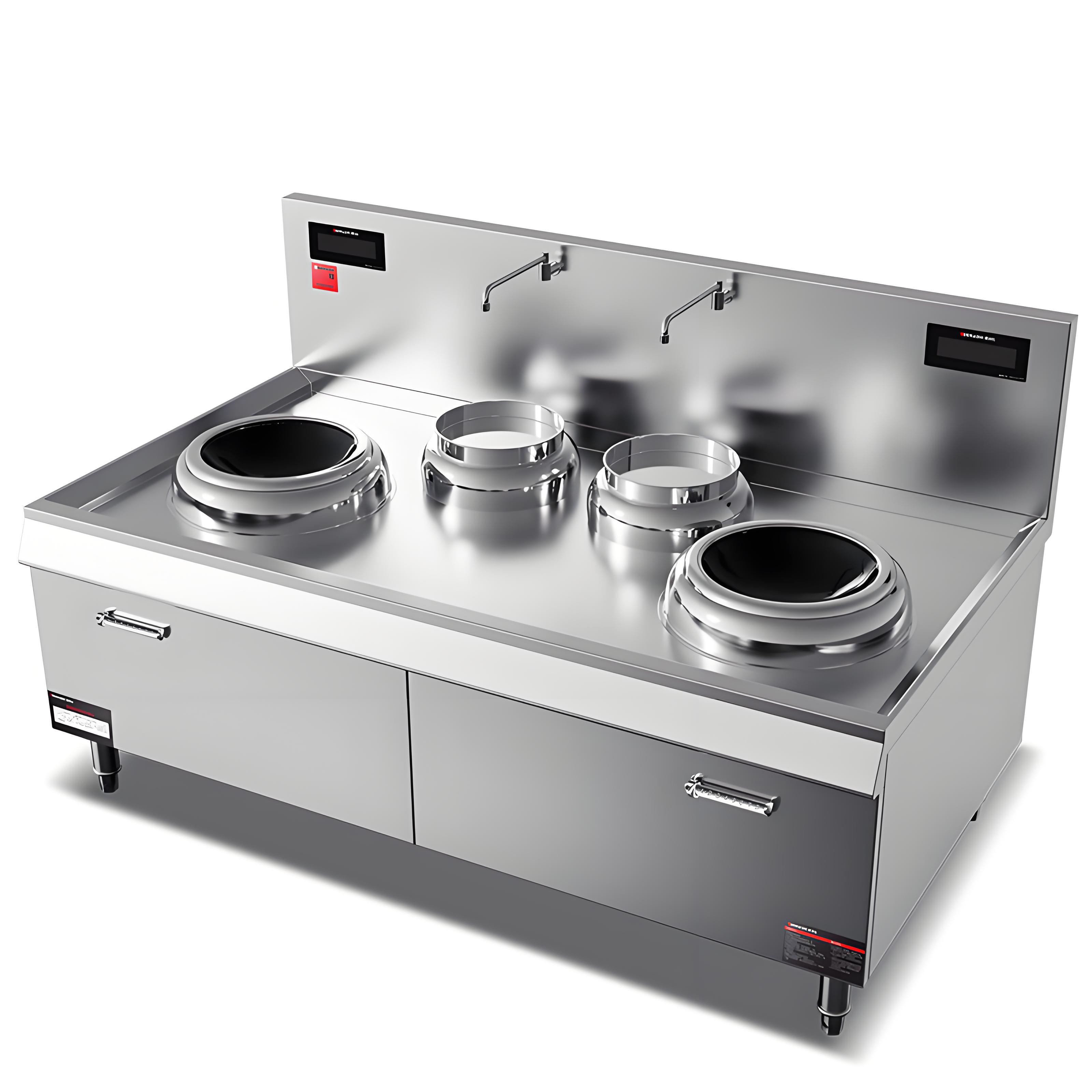
Conclusion: Finding the Right High-Power Cooktop for Your Budget
High-power induction cooktops range from $100 to $10,000+, driven by wattage, burners, materials, and features. Budget models suit home cooks or small businesses, while premium units deliver speed and durability for serious chefs or commercial kitchens. By assessing your cooking needs, checking electrical compatibility, and exploring features, you can find a cooktop that balances cost and performance.
If you’re weighing options or need help narrowing down models, I’m here to share more tips from my years in the kitchen appliance world. Let’s power up your cooking!
Frequently Asked Questions
1. Are high-power induction cooktops worth the cost?
For frequent cooks or commercial kitchens, high-power models ($1,000-$10,000) offer faster cooking and durability, justifying the cost. Budget models ($100-$3,000) suffice for occasional use.
2. What’s considered “high-power” for an induction cooktop?
High-power typically means 3,000W or more per burner for residential models and 5,000W+ for commercial units, enabling rapid heating.
3. Do high-power cooktops require special electrical setups?
Many need a 240V, 50A circuit and hardwired installation (costing $200-$500). Check your kitchen’s wiring before buying.
4. Can I use a high-power cooktop with regular cookware?
Only magnetic cookware (e.g., cast iron, stainless steel) works. Test with a magnet—if it sticks, it’s compatible. New cookware costs $100-$500.
5. How long do high-power induction cooktops last?
Premium models last 10-15 years with care, while budget models manage 5-8 years. Regular cleaning and proper use extend lifespan.
